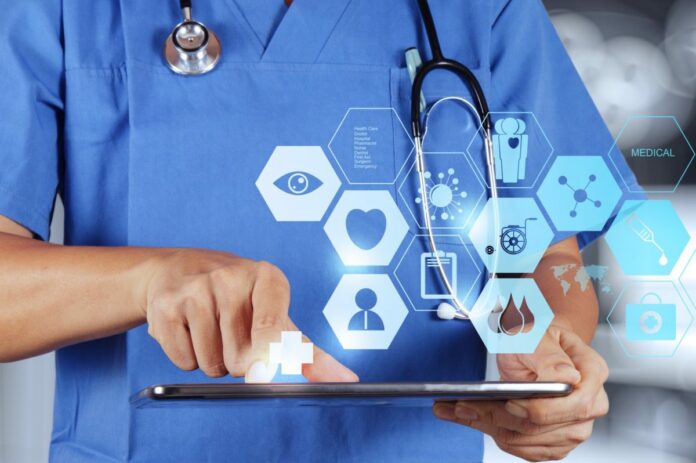“We’re not just fighting an epidemic; we’re fighting an infodemic”, said WHO Director-General Tedros Adhanom Ghebreyesus, and defines it as “an over-abundance of information – some accurate and some not”. To deal with this vast data, reliable sources and trustworthy tools to disseminate the information is required. While this is the area of AI and ML, understanding how they help is crucial.
Researchers around the world are using machine learning (ML) to develop tools for deployment in the healthcare sector. Here are few ways how ML help us against COVID-19.
- Identify who is at risk
Medically there can be risk in infection, severe complications and risk in treatment outcomes.
Reports say that people who are prone to infection are the ones who may have many human interactions, pre-existing illness, aged, unhygienic conditions and so on. Dave DeCapprio along with his team have used ML to develop models to predict individuals at greater risk in their work ‘Building a COVID-19 Vulnerability Index’.
Severe complications such as lung disease or acute respiratory distress syndrome (ARDS) are also predicted using ML. An article published by researchers in the Computers, Materials and Continua journal, shows that ML could predict the symptoms like ARDS just by looking at the initial symptoms.
Previously, ML was used to predict the treatment outcomes of cancer immunotherapy and also for epilepsy, it is anticipated that it can do the same with COVID – 19 as well.
- Diagnosing patients
Reverse Transcription Polymerase Chain Reaction (RT-PCR) tests are used to diagnose COVID-19 patients. These tests use lots of resources and time to analyze the results and the medical imagery is also time consuming. Thus, ML- based approaches are used to accelerate the analysis from lung CT and X-Ray scans of COVID-19 patients.
Hospital in Florida, used ML based Face scans to scan patients with fever.
Wearable technologies like Fitbit can find patterns in the change in heart beat and identify, influenza-like illness patients.
Similarly, OURA rings can easily track changes in body temperature, respiratory rate, heart rate and identify patterns of onset, progression, and recovery for COVID-19 patients.
Microsoft is using Chatbots that can help people to self-triage themselves with their symptoms.
- Drug discovery and drug repurposing
ML can accelerate the drug discovery without compensating on the quality.
Bayesian ML models helped in the scoring process for Ebola virus. ML-assisted virtual screening helped in the scoring for H7N9.
Scientists like Richardson et al. have used ML-built Biomedical knowledge graphs that helped in exploration of connection between COVID-19 and Baricitinib, a drug to treat arthritis.
- Understanding the virus
ML helps to identify the origin of the virus and where it can potentially spread by interpreting social media data and other public interactions.
ML can also help in understanding the virus by analyzing their protein. They can also help to identify the natural host of the virus.
ML is a useful tool that can help the research community by extracting and analyzing the clinical data and provide with actionable insights and can bridge the gap between medical knowledge and computational data skills.

